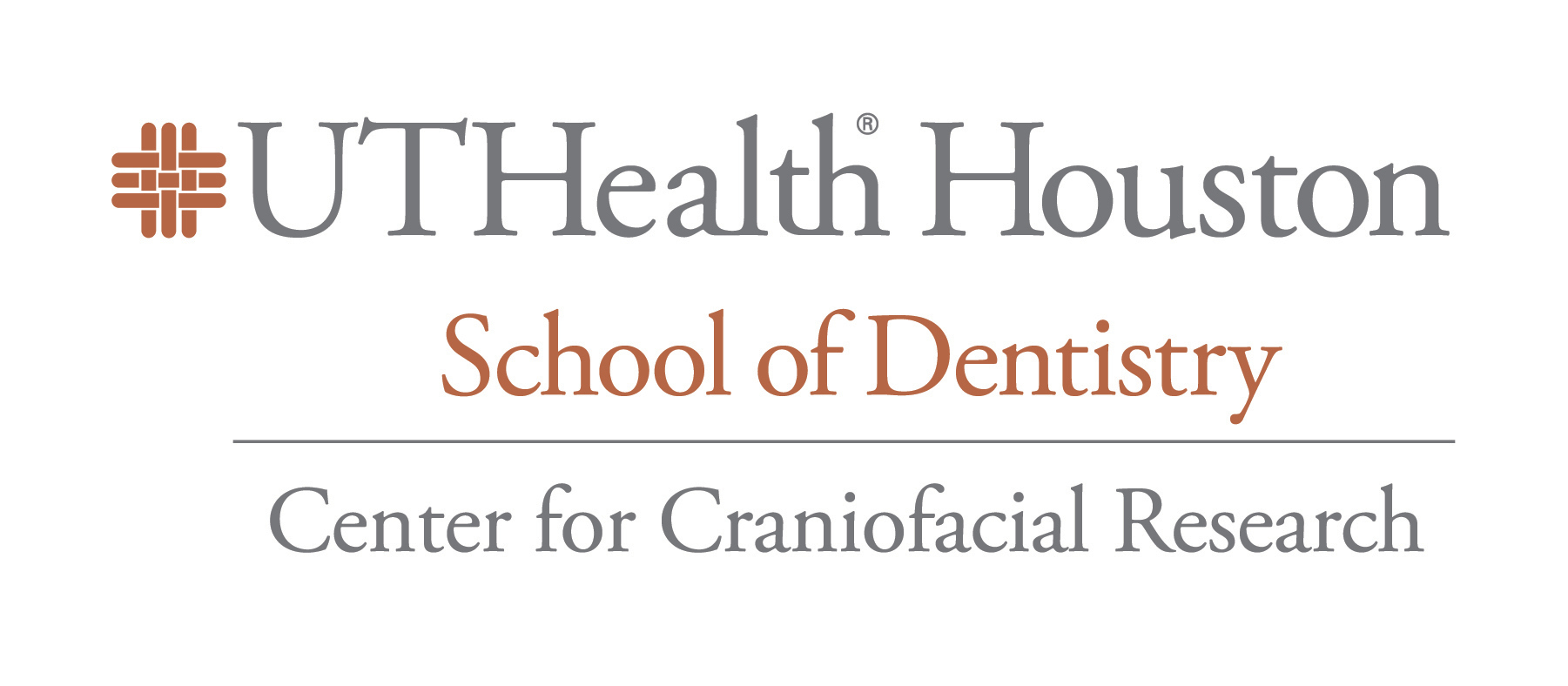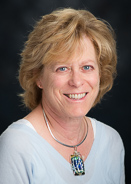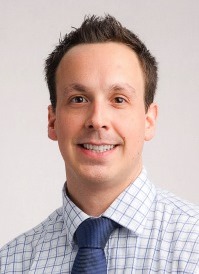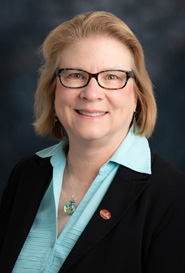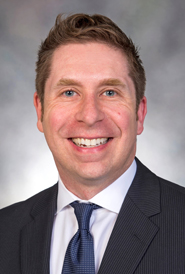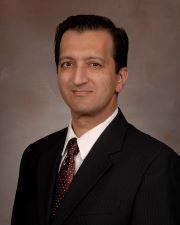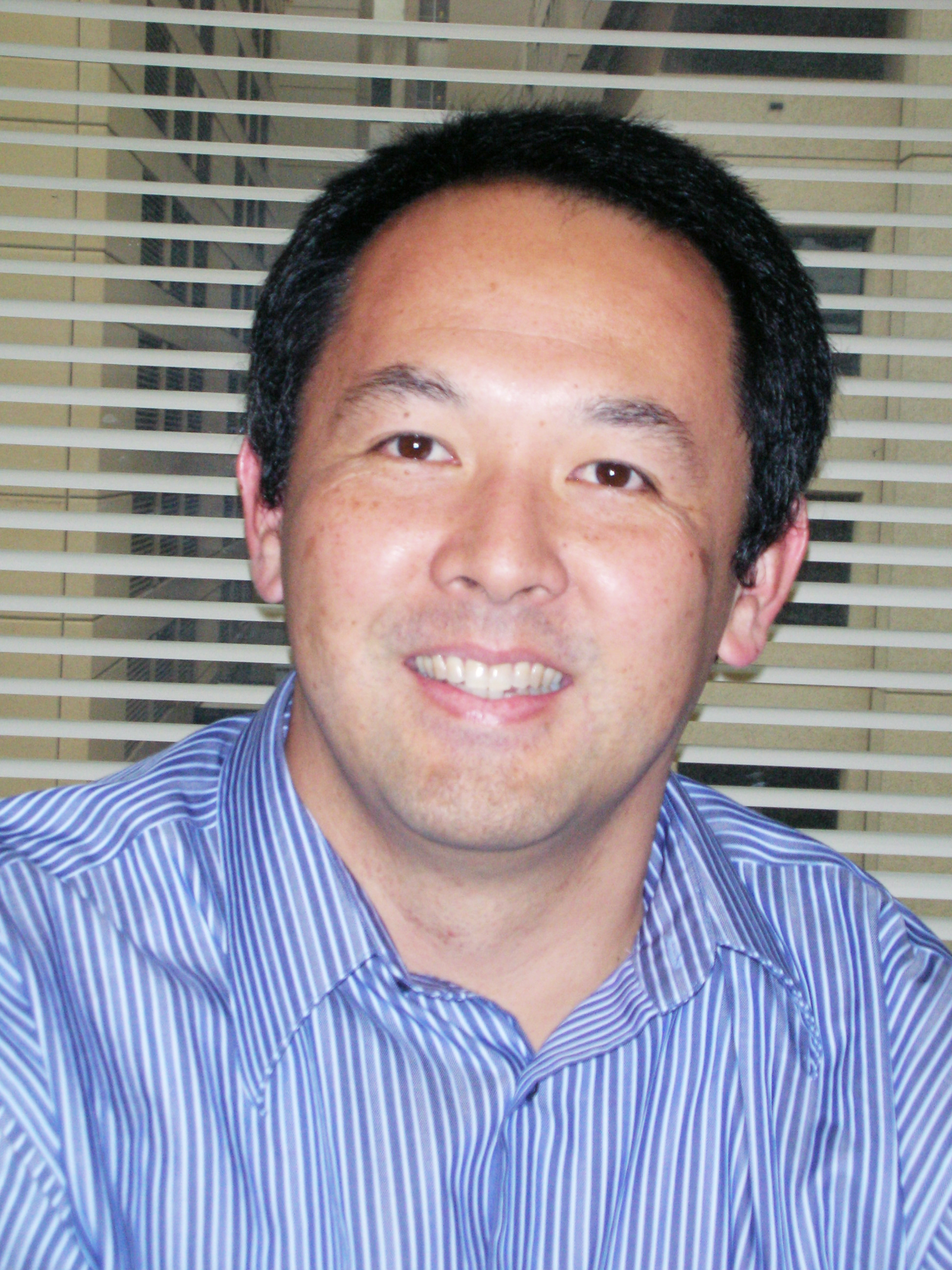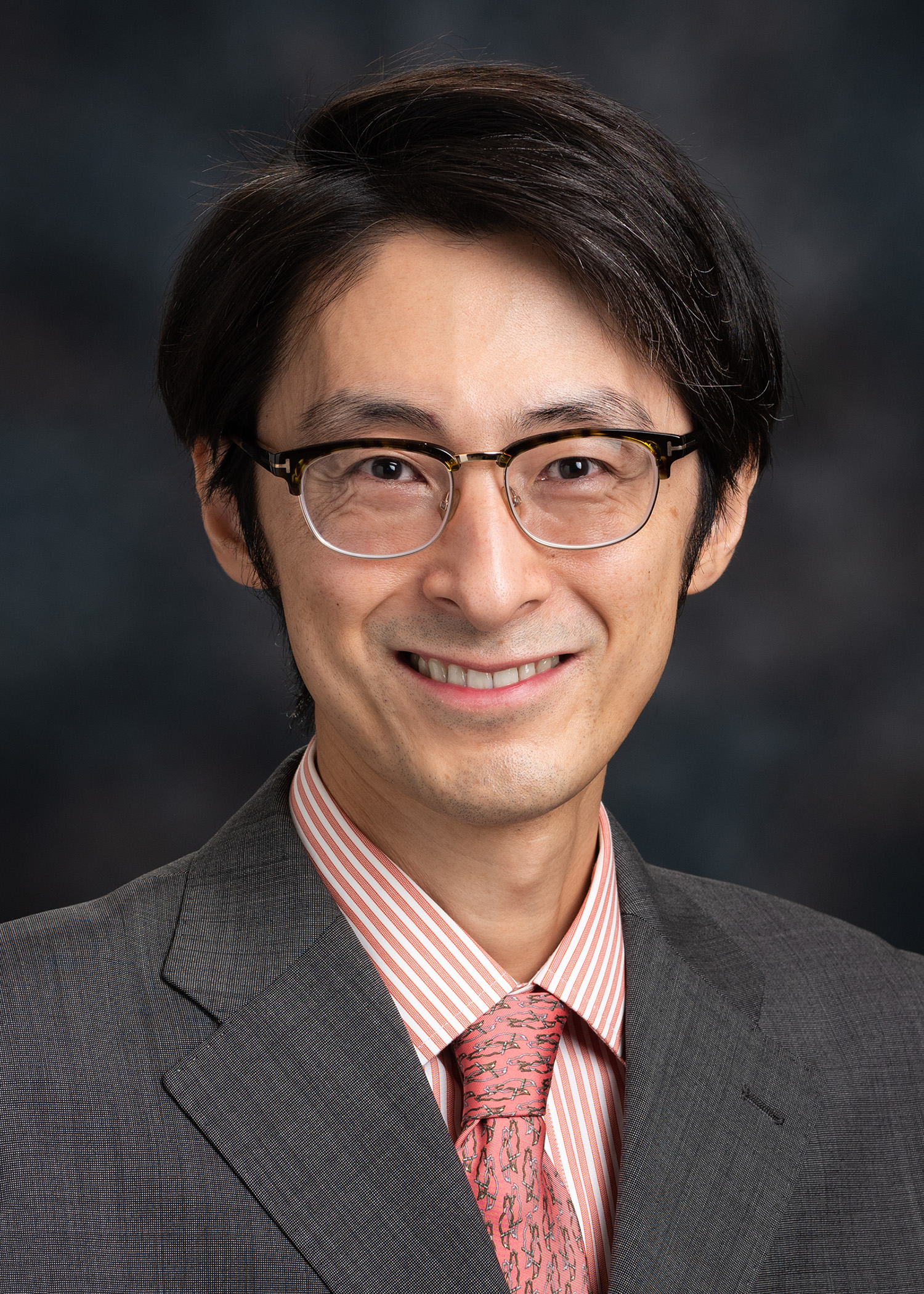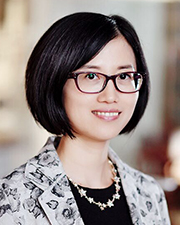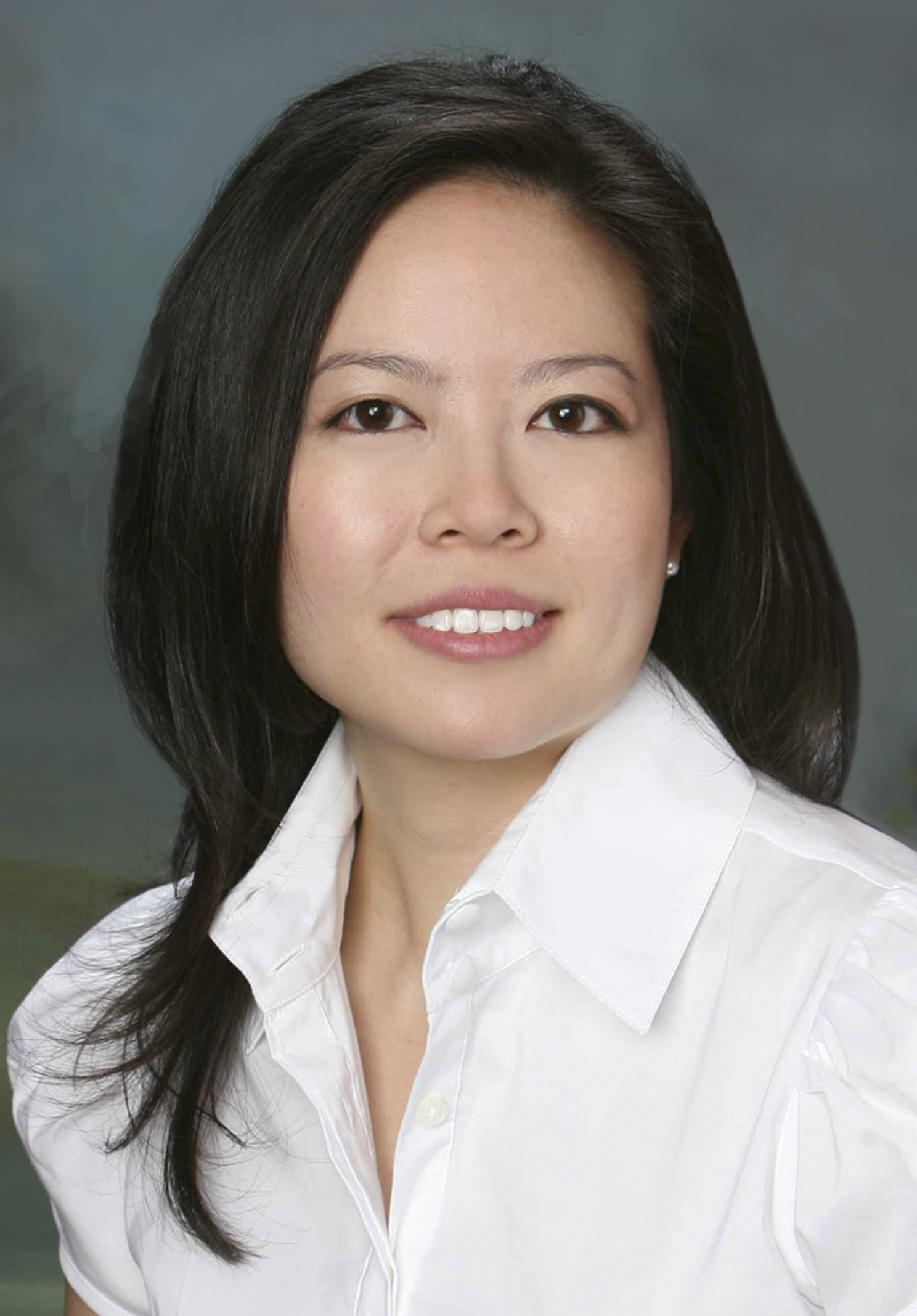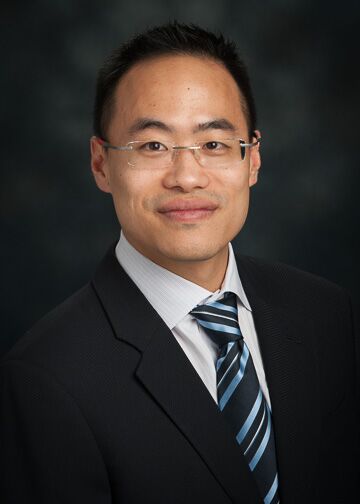1. Yu, Y., Alvarado, R., Petty, L.E., Bohlender, R.J., Shaw, D.M., Below, J.E., Bejar, N., Ruiz, O.E., Tandon, B., Eisenhofer, G.T., Kiss, D.L., Huff, C.D., Letra, A., Hecht, J.T.: Hum Mol Genet. 2022 Feb 11:ddac037. doi: 10.1093/hmg/ddac037. Online ahead of print. PMID: 35147171.
2. Mukhopadhyay, N., Feingold, E., Moreno-Uribe, L., Wehby, G., Valencia-Ramirez, L.C., Restrepo Muneton, C.P., Padilla, C., Deleyiannis, F., Christensen, K., Poletta, F.A., Orioli, L.M., Hecht, J.T., Buxo, C.J., Butali, A., Adeyemo, W.L., Veira, A.R. Shaffer, J.R., Murray, J.C., Weinberg, S.M., Leslie, E.J.: Genome-wide association study of multiethnic non-syndromic orofacial cleft families identifies novel loci specific to family and phenotypic subtypes. medRxiv. doi: https://doi.org/10.1101/2021.09.20.21263645
3. Young, J., Lifer, S.S., Blanton, S., Hecht, J.T.: DNA methylation variation is identified in monozygotic twins discordant for nonsyndromic cleft lip and palate. Frontiers Cell Dev Biol 2021 May 12 doi: 10.3389/fcell.2021.656865 PMCID:PMC8149607.
4. Wehr, C, A. Lignieres, C. Obinero, A. Cepeda, A. Cardenas, F. Kasper, B. Acharya, E. Bonfante-Mejia, R. Riascos-Castaneda, R. Patel, B. T. Chiquet, and M. Greives. “MRI Modeling for 3D Printed Fabrication of Nasoalveolar Molding Appliance in Patients with Cleft Lip and Palate.” Cleft Palate Craniofacial Journal (Submitted December 12, 2022)
5. Younan, M., K. Westerman, B. Acharya, J. Wu, R. Ekeoduru, and B. T. Chiquet. “Prolonged exposure to general anesthesia in very young pediatric dentistry patients – A Root Cause Analysis.” Pediatric Dentistry 44(4):269-277. 2022. PMID: 35999676.
6. Wu, D., Chapela, P., Barrows, C.M.L., Harrington, D.A., Carson, D.D., Witt, R. L., Mohyuddin, N.G., Pradhan-Bhatt, S., Farach-Carson, M.C. “MUC1 and polarity markers INADL and SCRIB identify salivary ductal cells.” J. Dent. Res. (online ahead of print), 2022. PMID: 35259994.
7. Tellman, T.V., Dede, M., Aggarwal, V.A., Naba, A., Farach-Carson, M.C. “Systematic analysis of actively transcribed core Matrisome genes across tissues and cell phenotypes” Matrix Biology 111:95-107, 2022 PMID: 35714875.
8. Sablatura LK, Bircsak KM, Shepherd P, Bathina M, Queiroz K, Farach-Carson MC, Kittles RA, Constantinou PE, Saleh A, Navone NM, Harrington DA. A 3D Perfusable Platform for In Vitro Culture of Patient Derived Xenografts. Adv Healthc Mater. 2022 Dec 2:e2201434. doi: 10.1002/adhm.202201434. Epub ahead of print. PMID: 36461624.
9. Trubelja A, Kasper FK, Farach-Carson MC, Harrington DA. Bringing hydrogel-based craniofacial therapies to the clinic. Acta Biomater. 2022 Jan 15;138:1-20. doi: 10.1016/j.actbio.2021.10.056. Epub 2021 Nov 4. PMID: 34743044; PMCID: PMC9234983.
10. Martin S, Harrington DA, Ohlander S, Stupp SI, McVary KT, Podlasek CA. Peptide amphiphile nanofiber hydrogel delivery of Sonic hedgehog protein to the penis and cavernous nerve suppresses intrinsic and extrinsic apoptotic signaling mechanisms, which are an underlying cause of erectile dysfunction. Nanomedicine. 2021 Oct;37:102444. doi: 10.1016/j.nano.2021.102444. Epub 2021 Jul 24. PMID: 34314869; PMCID: PMC8464506.
11. Wu D, Lombaert IMA, DeLeon M, Pradhan-Bhatt S, Witt RL, Harrington DA, Trombetta MG, Passineau MJ, Farach-Carson MC. Immunosuppressed Miniswine as a Model for Testing Cell Therapy Success: Experience With Implants of Human Salivary Stem/Progenitor Cell Constructs. Front Mol Biosci. 2021 Sep 30;8:711602. doi: 10.3389/fmolb.2021.711602. PMID: 34660692; PMCID: PMC8516353.
12. Souza, L.C.; Neves, G.S.T.; Kirkpatrick, T.; Letra, A.; Silva, R. Physicochemical and biological properties of AH Plus Bioceramic. J. Endod. 49:69-76. 2023.
13. Shen, Z.; Tsao, H.; LaRue, S.; Liu, R.; Kirkpatrick, T.C.; Souza, L.C.; Letra, A.; Silva, R.M. Vascular endothelial growth factor and/or nerve growth factor treatment induces expression of dentinogenic, neuronal, and healing markers in stem cells of the apical papilla. J. Endod. 47: 924-931. 2021.
14. Souza, L.C.; Cavalla, F.; Maili, L.; Garlet, G.P.; Vieira, A.R.; Silva, R.M.; Letra, A. WNT gene polymorphisms and predisposition to apical periodontitis. Sci Rep. 9:18980. 2019.
15. Souza, L.C.; Crozeta, B.M.; Guajardo, L.; Brasil, F.; Sousa-Neto, M.D.; Letra, A.; Silva, R.: Potential role of TP63 in apical periodontitis development. Int. Endod. J. 52: 1344-1353. 2019.
16. Souza, L.C.; Brito, P.R.; Oliveira, J.C.M.; Alves, F.R.F.; Moreira, E.J.L.; Sampaio Filho, H.R.; Roças, I.N.; Siqueira Jr, J.F.: Photodynamic Therapy with two different photosensitizers as a supplement to instumentation / irrigation procedures in promoting intracanal reduction of Enterococcus faecalis. J. Endod. 36: 292-296. 2010.
17. Reyes Fernandez, P.C., Wright, C.S., Masterson, A.N., Yi, X., Tellman, T.V., Bonteanu, A., Rust, K., Noonan, M.L., White, K.E., Lewis, K.J., Sankar, U., Hum, J.M., Bix, G., Wu, D., Robling, A.G., Sardar, R., Farach-Carson, M.C., and Thompson, W.R. Gabapentin Disrupts Binding of Perlecan to the α2δ1 Voltage Sensitive Calcium Channel Subunit and Impairs Skeletal Mechanosensation. Biomolecules 12, 1857. 2022. doi: 10.3390/biom12121857
18. Wu, D., Witt, R. L., Harrington, D. A. & Farach-Carson, M. C. Dynamic Assembly of Human Salivary Stem/Progenitor Microstructures Requires Coordinated α1β1 Integrin-Mediated Motility. Frontiers in Cell and Developmental Biology 7, 224 2019. PMID: 31750298. doi: 10.3389/fcell.2019.00224
19. Wu, D., Ganatos, P., Spray, D.C., and Weinbaum, S. On the electrophysiological response of bone cells using a Stokesian fluid stimulus probe for delivery of quantifiable localized picoNewton level forces. J Biomech. 44 (3): 1702-08. 2011. PMID: 21511259
20. Wu, D., Schaffler, M.B., Weinbaum, S. and Spray, D.C. Matrix-dependent adhesion mediates network responses to physiological stimulation of the osteocyte cell process. PNAS. 110 (29): 12096-12101. 2013. PMID: 23818616.


